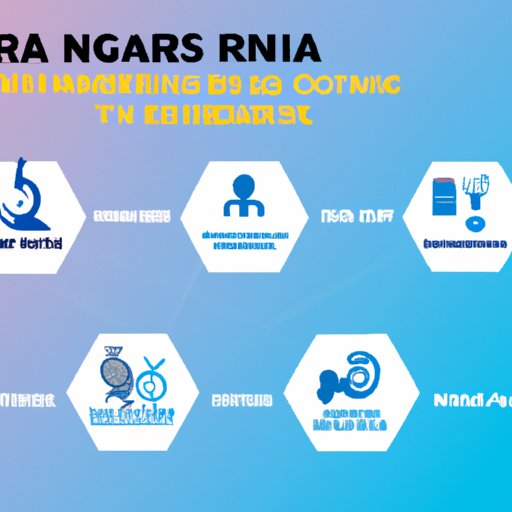Introduction
With the emergence of the COVID-19 pandemic, scientists have been racing against the clock to develop a safe and effective vaccine. One promising new technology is messenger RNA (mRNA) technology. This type of vaccine works by introducing genetic material that codes for a specific antigen into the body, which then triggers an immune response. While mRNA technology holds great promise, there are still questions about its safety.
Exploring the Safety of mRNA Technology
To understand the safety of mRNA technology, it is important to consider both the risks and benefits associated with it. In terms of benefits, mRNA technology has the potential to be safer than traditional vaccines because it does not contain any live or weakened viruses. Additionally, mRNA technology is easy to manufacture and can be rapidly adapted to different viruses, making it a promising tool in the fight against emerging infectious diseases.
However, there are also potential risks associated with mRNA technology. For example, some experts worry that the genetic material introduced by mRNA vaccines may cause unintended mutations, leading to unexpected health consequences. There are also concerns about potential side effects such as pain at the injection site, fever, and fatigue. It is also important to consider the efficacy of mRNA vaccines; while they have been shown to be highly effective in clinical trials, it is possible that their effectiveness may decrease over time.

Regulatory Oversight of mRNA Technology
To ensure the safety and efficacy of mRNA technology, rigorous regulatory oversight is necessary. Clinical trials are conducted to assess the safety and efficacy of mRNA vaccines before they are approved for use. In the case of the Pfizer and Moderna vaccines, both have undergone extensive clinical trials and have been found to be highly effective in preventing COVID-19. Additionally, mRNA technology is subject to the same regulatory standards as other types of vaccines, meaning it must meet the same safety and efficacy requirements.
It is also important to compare mRNA technology to other types of vaccines. mRNA vaccines are similar to other types of vaccines in that they work by introducing an antigen into the body, triggering an immune response. However, they differ from other types of vaccines in that they do not contain any live or weakened viruses, making them potentially safer than other types of vaccines.
Conclusion
In conclusion, mRNA technology holds great promise as a safe and effective vaccine. While there are potential risks associated with mRNA technology, these risks are outweighed by the potential benefits. Additionally, mRNA technology is subject to the same rigorous regulatory oversight as other types of vaccines, ensuring that it meets the same safety and efficacy standards. Overall, mRNA technology appears to be a safe and effective option for preventing the spread of infectious diseases.
(Note: Is this article not meeting your expectations? Do you have knowledge or insights to share? Unlock new opportunities and expand your reach by joining our authors team. Click Registration to join us and share your expertise with our readers.)
